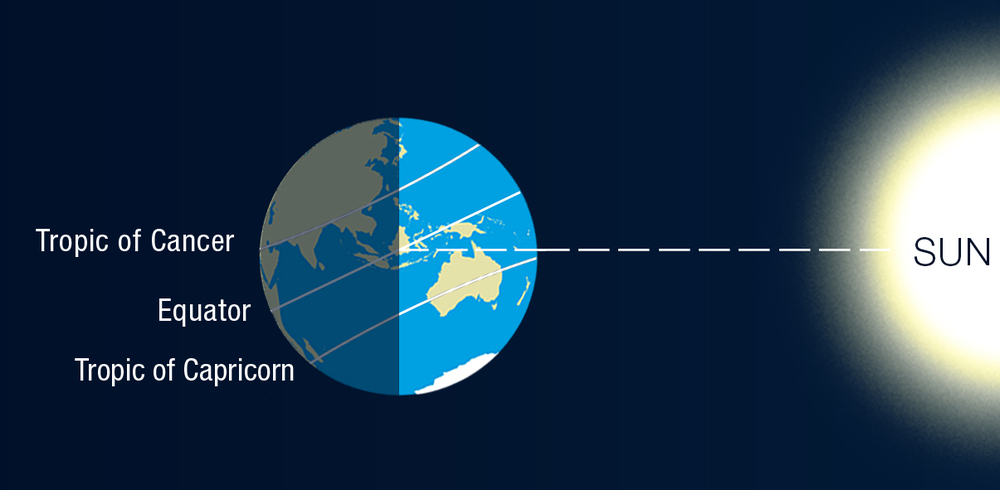Waiting for the sun to set on the Summer Solstice
Laura Williams
24 December 2022, 2:40 AM

There’s no shortage of markers of summer; beads of sweat down your back, watching cricket under ceiling fans, hopping across the scorching cement to reach the relief of pool water, and balmy nights when your bedtime escapes you as the sun slowly sets.
The Summer Solstice reached us right on time, on Thursday 22 December, marking the longest day of the year as the Sun’s track across the Australian sky reaches its highest point.
For us in the Southern Hemisphere, it meant the most sunlight, while those in the Northern Hemisphere will likely welcome its passing as they wait for the return of daylight.
The phenomenon occurs after the Spring Equinox, as the tilt of Earth’s axis increasingly angles the south pole towards the Sun so that it appears further south in the sky each day until it’s over the Tropic of Capricorn each year between 21-23 December.
Despite the extra sunlight, according to WeatherZone the hottest days are still to come.
“The warmest weather of the year for most of Australia actually occurs in the weeks following the summer solstice. This lag is caused by the land and ocean both taking a while to absorb energy and heat up,” WeatherZone reported.

According to the Bureau of Meteorology, the word ‘solstice’ comes from the Latin for ‘sun-stopping’. (Image: The Bureau)
“At this point, the Sun stops appearing to move south each day. After this point, it appears further and further north in the sky each day,” the Bureau reported.
This year, the Summer Solstice looked a little different, with cloudy skies across the North West Slopes and Plains and mild temperatures.
The clouds - and possible showers - are expected to remain until the end of the week, with the sun only expected to emerge bright and early on Christmas Day.
While some might be using the extra few hours of daylight to squeeze in the never-ending demands of Christmas preparations, you’d be forgiven for taking the hours to yourself as you watch the sun set late into the night.


